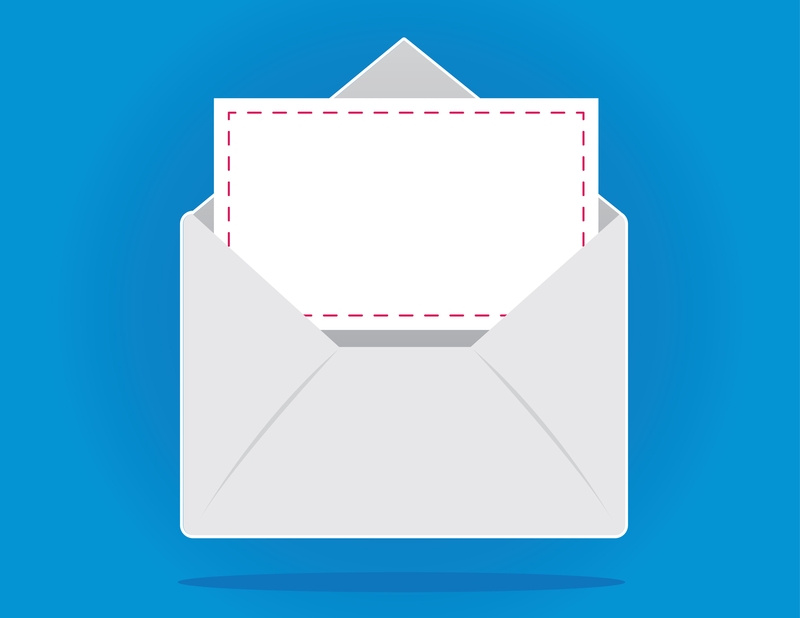
Marketing automation is becoming an increasingly influential tool in the content marketing space.
What does it do exactly? I like HubSpot CMO Mike Volpe’s explanation:
“At its best, marketing automation software [allows] companies…to nurture prospects with highly personalized, useful content that helps convert prospects to customers and turn [existing] customers into delighted customers.”
With marketing automation, companies can target their content like never before—so it can be a big revenue driver.
But to reap the benefits of marketing automation, you must first know how to create and leverage the segments within your system. Get started by following these three steps.
Step 1: Identify Your Content Themes
If you don’t know what content you have, you won’t know who to share it with.
Review your content resources and start identifying key attributes. Soon, patterns will emerge. Use these patterns to identify big thematic groups under which your content falls. At Kapost, for example, some of our themes include:
3 Steps to Leveraging Segments with Marketing Automation by @lizkoneill
- Measuring your content’s impact
- Building awareness with content
- Enable sales with content
- Drive engagement with content
Once you’ve established the appropriate themes for your content assets, it’s time to dissect your database. Based on your prospect’s behavior and demographic information, which themes do you think will most resonate with them? What related content could you send?
Step 2: Leverage the Prospect Data You Have
To become a known lead, prospects have to share data with your organization. Use this to your advantage.
Segment leads based on important indicators like job title and industry. Map these segments to your personas and target your messaging to the appropriate people. If people in your database are getting content that’s most relevant to them, they’ll be less likely to unsubscribe to your email blasts and more likely to look to your organization for thought leadership.
Step 3: Map Prospect Behavior
Even better than segmenting leads based on prospect data is segmenting leads based on behavior. For example, if a lead signs up for a webinar, your webinar platform can communicate valuable information to your marketing automation software, including:
- Whether or not they actually attended the webinar
- How long they tuned in for
- Did they ask a question during the webinar
- Did they answer a polling question
Although this information isn’t from an official “form field,” you can still build segments based on it. If, for instance, a lead answered a polling question stating that they find content marketing workflows “very difficult,” and you put an eBook out on that topic, you can send them that eBook and reference that they identified content marketing workflows as a challenge.
Daily, your prospects are bombarded with copious amounts of content. What separates the wheat from the chaff is how relevant that content is to them.
If your organization optimizes the segments within your marketing automation system, you’ll be able to share information that’s relevant to them based on an attribute or a specific action—giving them information they care about and earning your organization the opportunity to continue sharing valuable content that moves them down the funnel.

